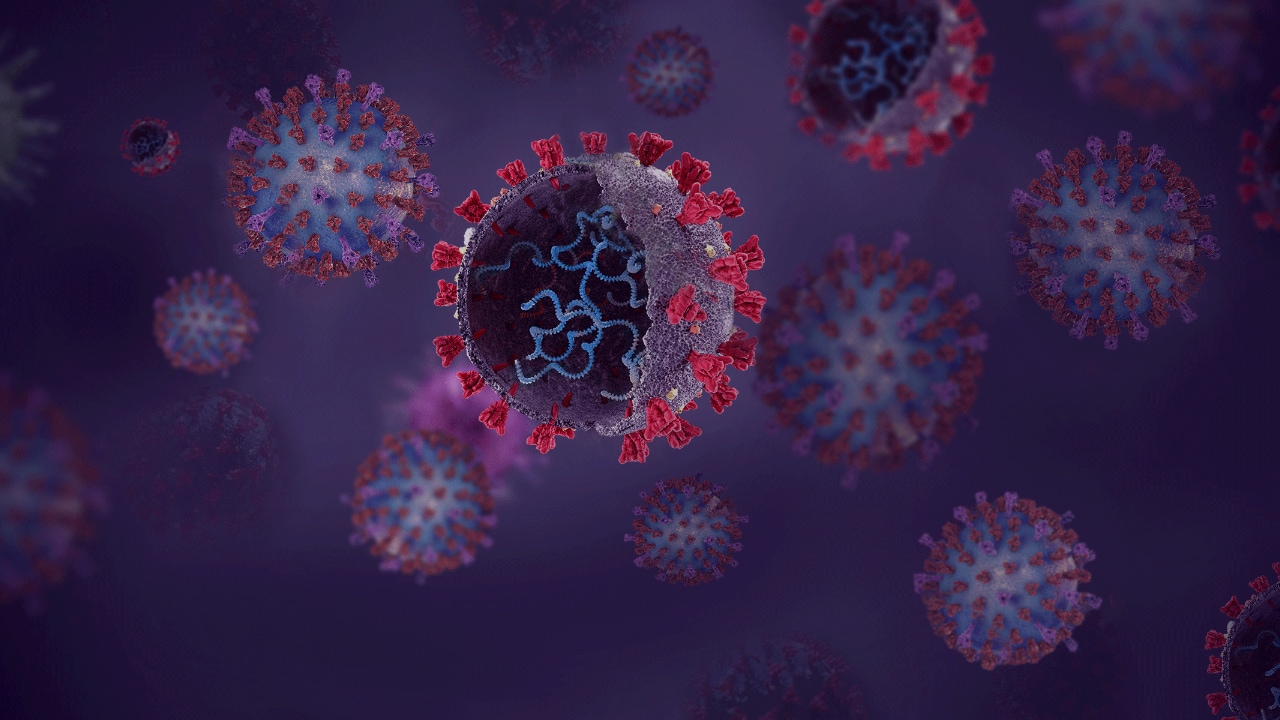Introduction & Origin of the Influenza Viruses
Influenza A virus belongs to the Orthomyxoviridae family, and produces virions of around 80–120 nm in diameter that contain an RNA genome of approximately 13.5 kb in size. The influenza genome is segmented into eight different regions that encode 11 different proteins; envelope proteins HA and NA, viral RNA polymerases PB2, PB1, PB1-F2, PB and PA, matrix proteins M1 and M2 and nonstructural proteins NS1 and NS2 (NEP) essential for efficient pathogenesis and viral replication.[1] Major influenza virus infections occur due to the emergence of new viral strains resulting from the reassortment of viral genes HA and NA. These genes are major surface glycoproteins that are responsible for viral attachment, replication and pathogenesis in the host.[2] In order to cause severe infection, the virus needs to adapt to the conditions of the host and acquire modifications to its genome, especially in HA and NA.[3] The major viral adaptations relate to host cellular tropism, transmission and viral infectivity in the new host systems.
Future Virology. 2012;7(10):947-950. © 2012 Future Medicine Ltd.









